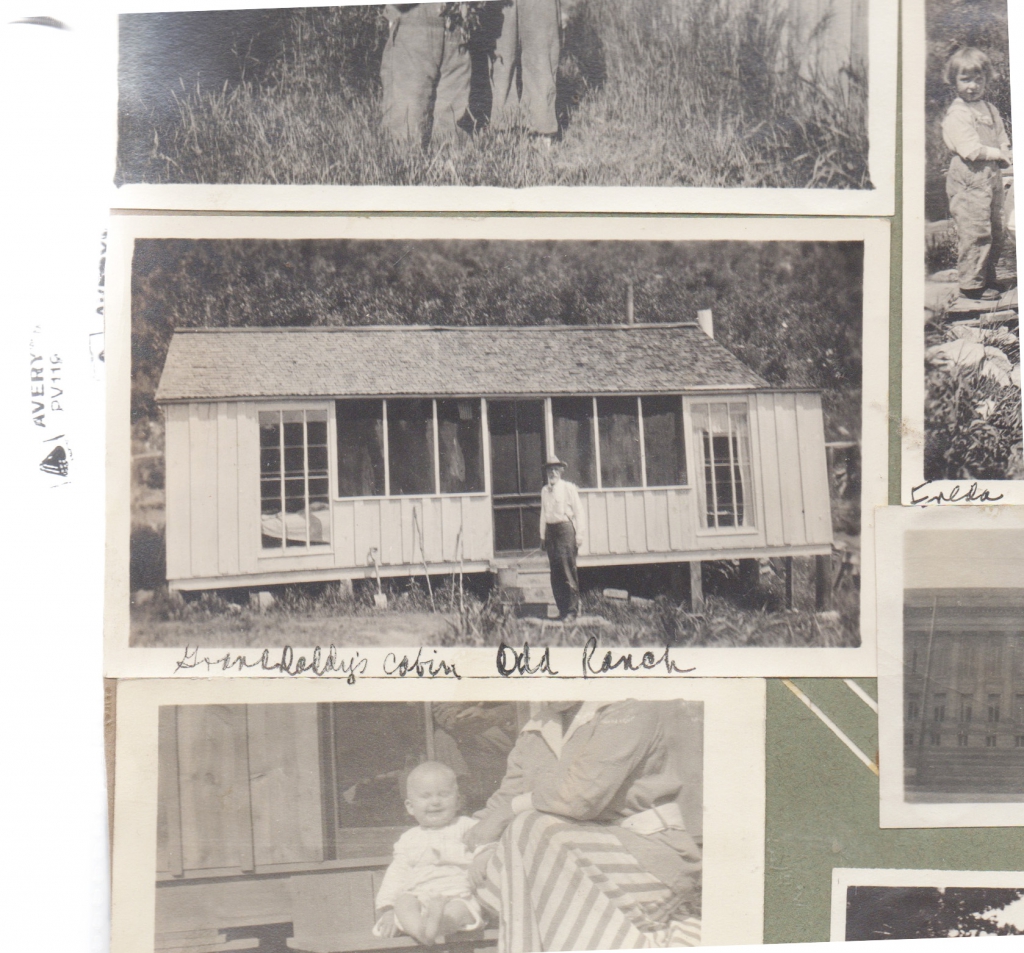by Carolyn Newman

EAST SPANISH PEAK — The boys had to pull Caroline Sporleder, 16, up the last bit to the top of the East Spanish Peak after she crawled on her hands and feet along the ridge. Their long skirts hampered her and the other two girls.
It was 1907 and 20-25 of the first cousins- Sporleders and Unfugs and others – were on a two-week camping trip in a valley at the base of the East Peak. Seventeen attempted the climb, starting about 6:30 or 7 am one summer day, with no idea of the hardships ahead. Eleven made it to the top, including the three girls. Even today, the East Peak, with its “large, unstable, angular rocks,” is challenging, writes Richard Keating. In 1907 one of the girls wore street shoes on the hike; her shoes were in tatters at the end.
Along the way, rain and hail hit the early climbers, but they found ledges to crawl under to escape the worst of it. There was so much electricity in the air during the storm their hair stood on end. False summits dashed their spirits.
The camping trip itself was a fun experience. Caroline’s mother and an Unfug aunt were chaperones, taking the group and supplies in a covered wagon and a spring wagon to the camp in a meadow. A local woman baked bread daily for this hungry bunch and provided milk. There was a big tent for the girls and a second big tent for the boys.
Hiking guides say the East Peak is 1,000 feet lower than the West Spanish Peak, but the difficult route makes it much less attractive. “Safe climbing calls for placing your feet with deliberate attention,” Keating writes. Others call the mountain one of the most challenging of Colorado’s 12,000 ft. peaks. The hike takes one up 4,000 ft. from the start to the top, which is in the Spanish Peaks Wilderness. The West Spanish Peak is the favorite one to attempt.
A fanciful tale tries to explain why these twin peaks are named “Spanish” Peaks. The peaks and this whole southern Colorado area, plus New Mexico, belonged to Spain at one time. But just 50 miles north of Walsenburg, almost to Pueblo, the border ended. Pueblo was not part of the Spanish land. So Pueblo residents pointed to the southern peaks and explained to newcomers, “Those are Spanish peaks.” Makes a good story anyway.
The camping trip and climb tale were told by Caroline Sporleder Young in 1964 on cassette tape. For four hours some of those first cousins recalled childhood stories as they sat in a cabin in the same valley as in 1907. (the cabin is pictured above right) Information from the audio cassette tape in the Western History Collection, Denver Public Library #CMSS OH 102 1964. Also information from Richard Keating’s book Colorado’s Spanish Peaks Region.
The History Detective is a service of the Huerfano County Historical Society huerfanohistory.org. 719-738-2346. The Historical Society plans to buy copies of the cassette tapes for the Huerfano Heritage Center. 114 W. Sixth Street, Walsenburg, CO 81089.




